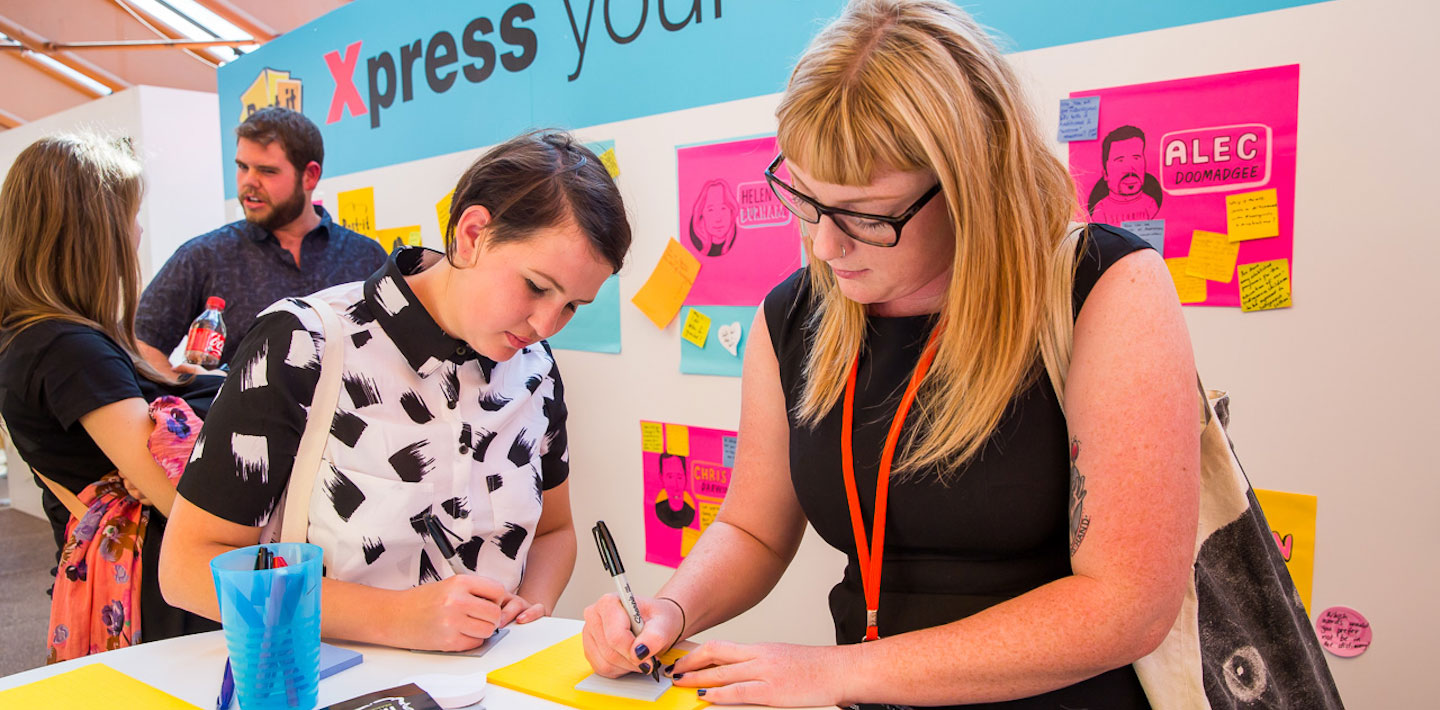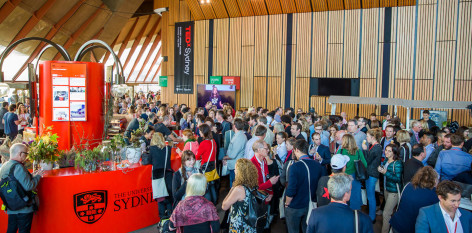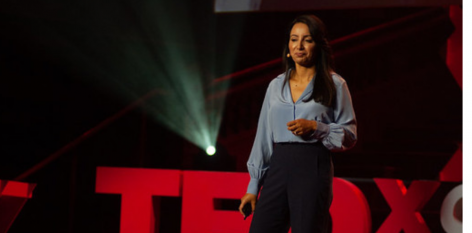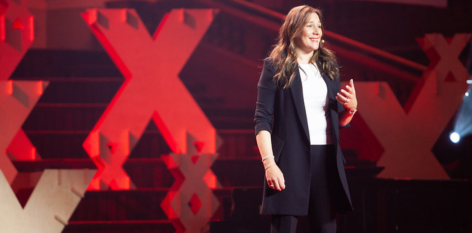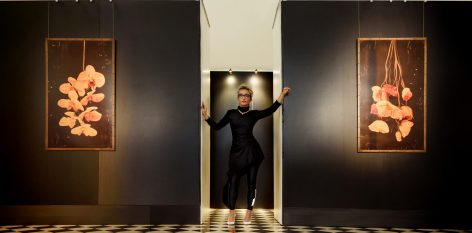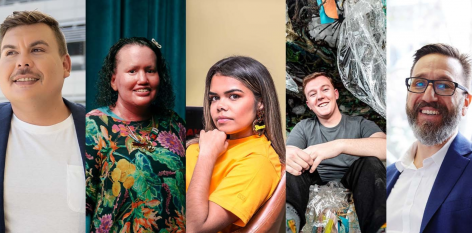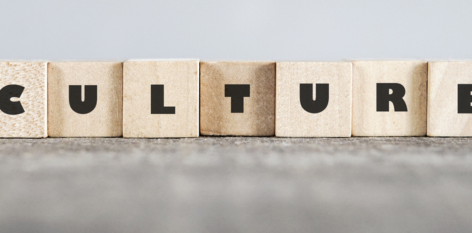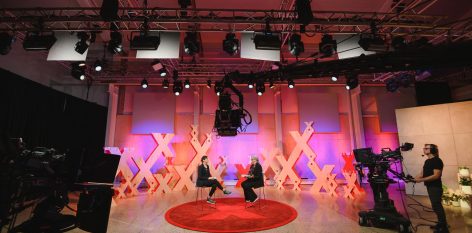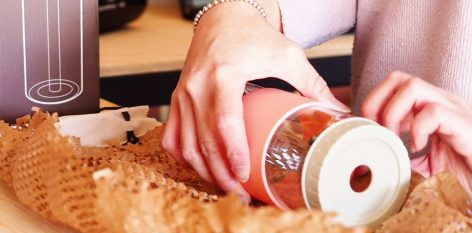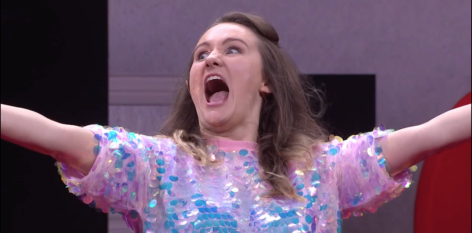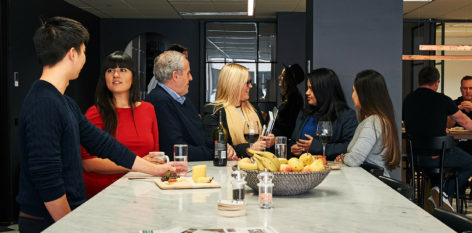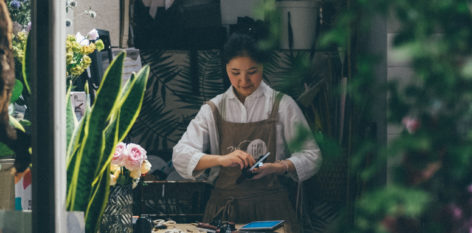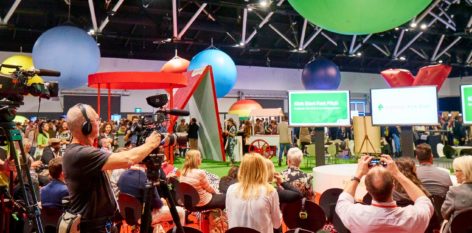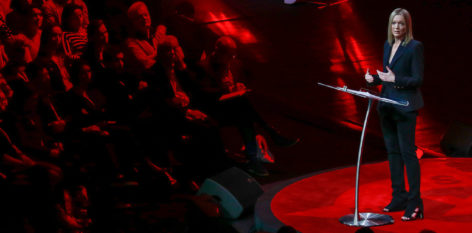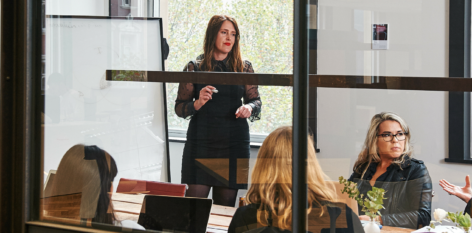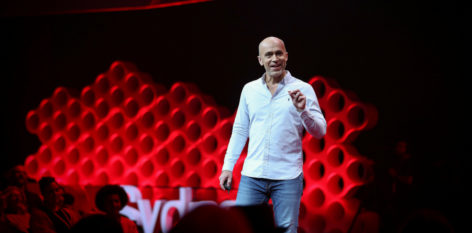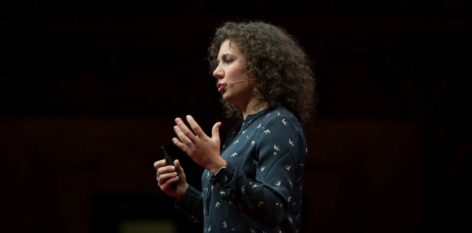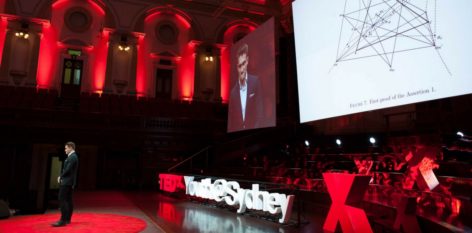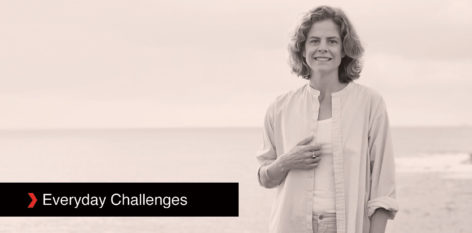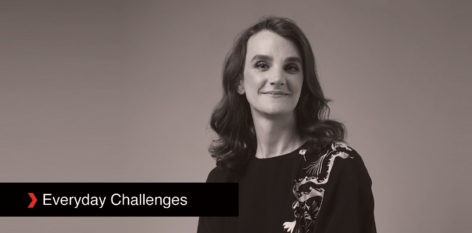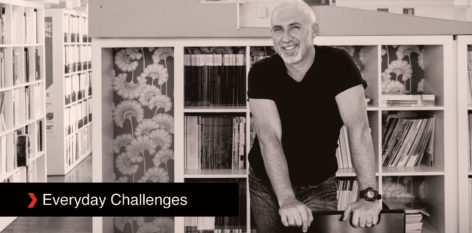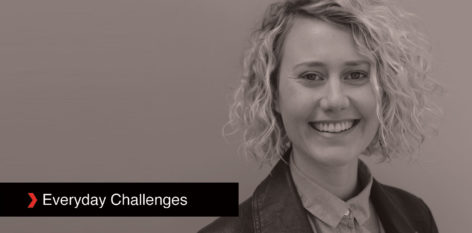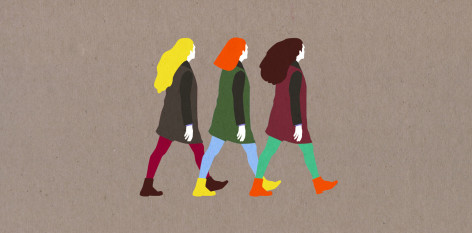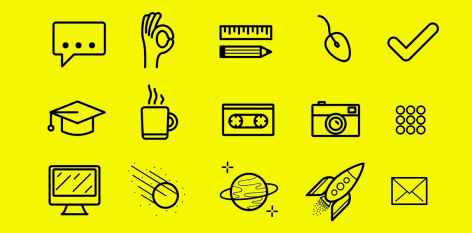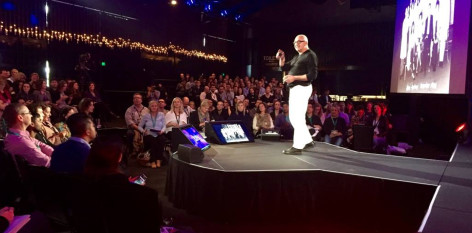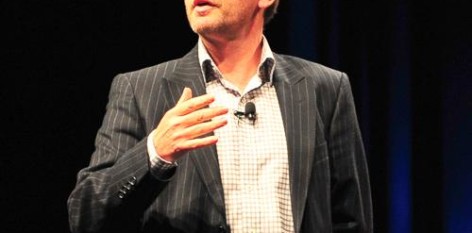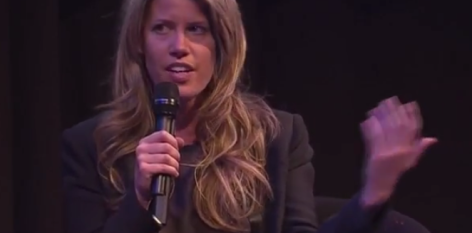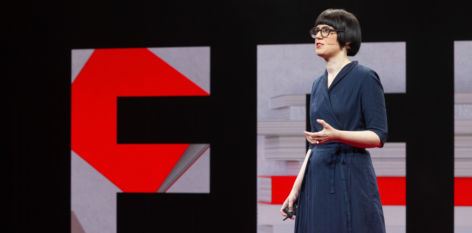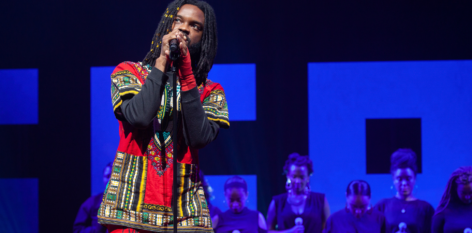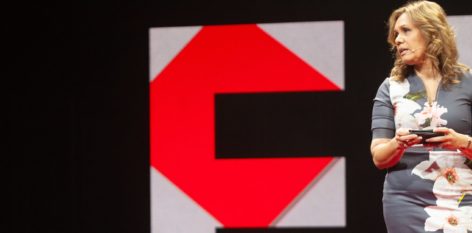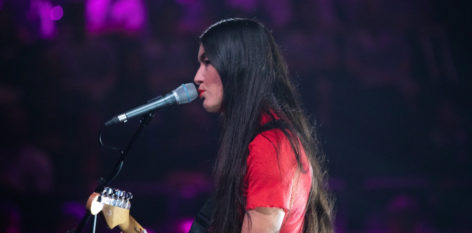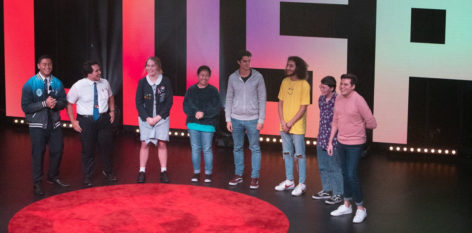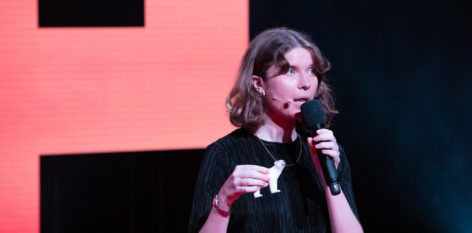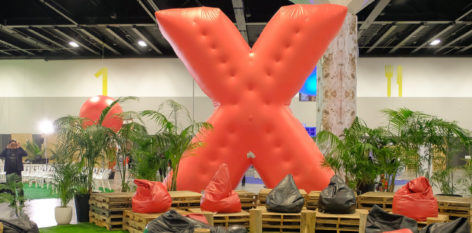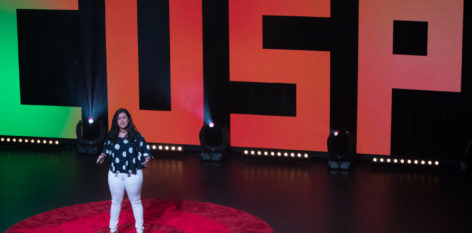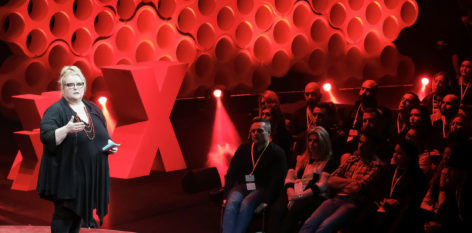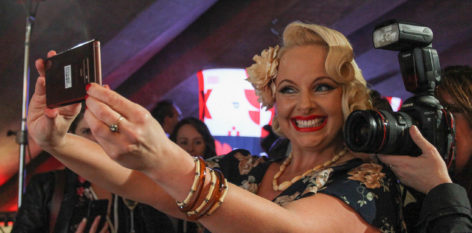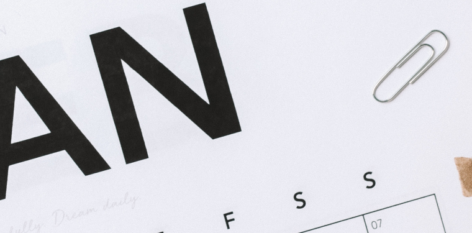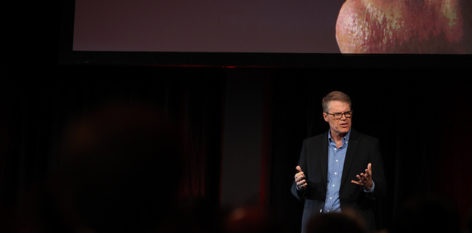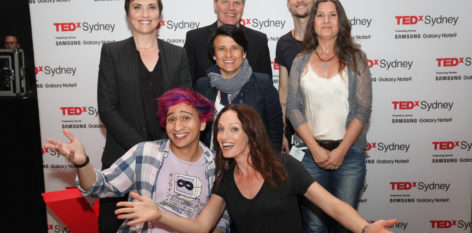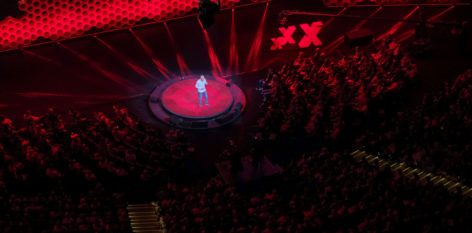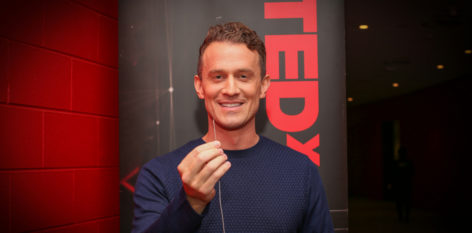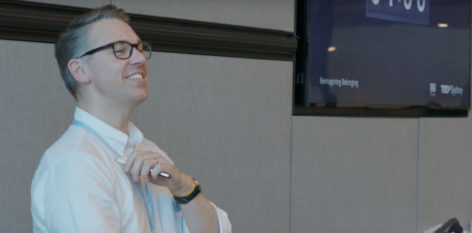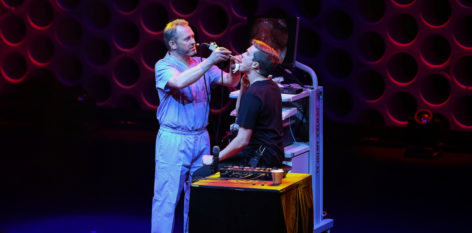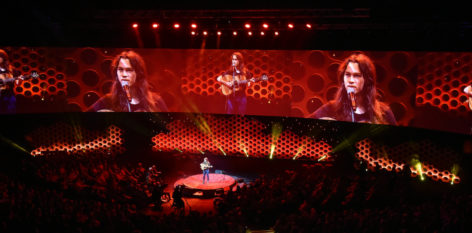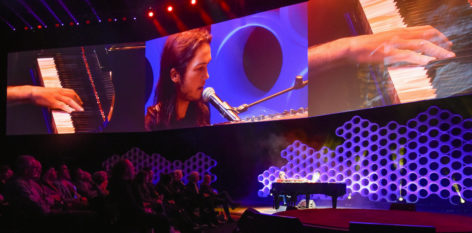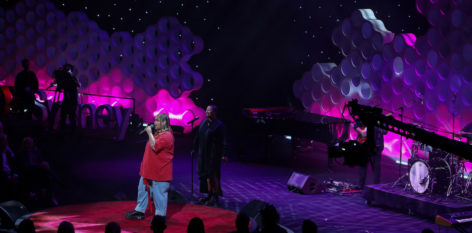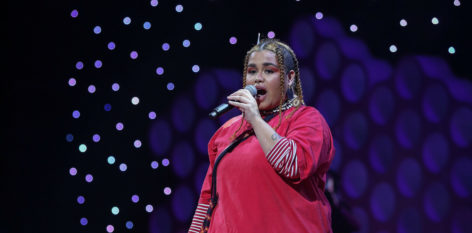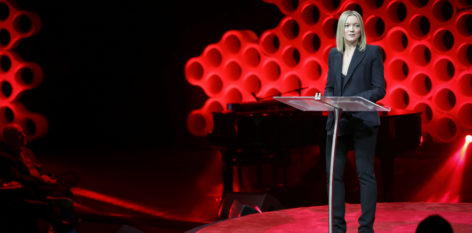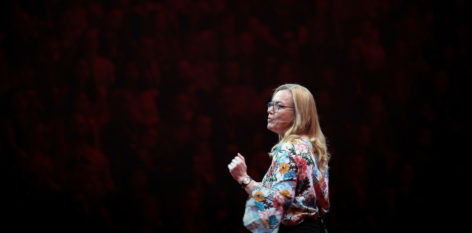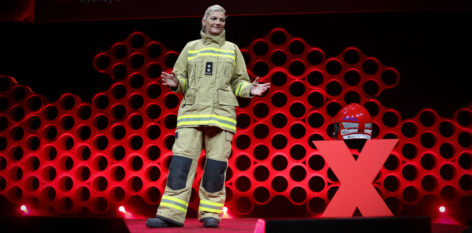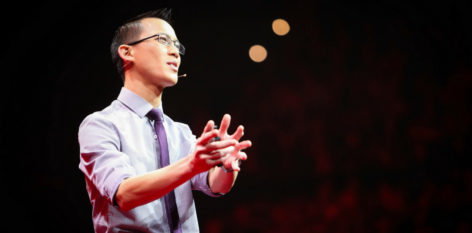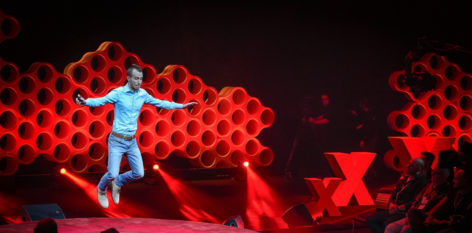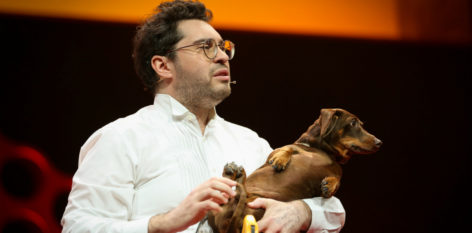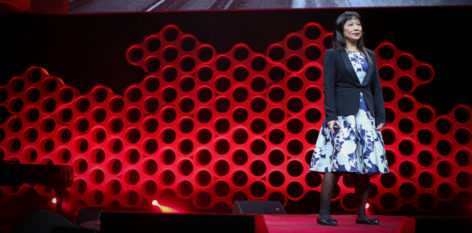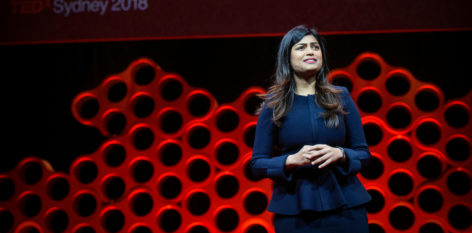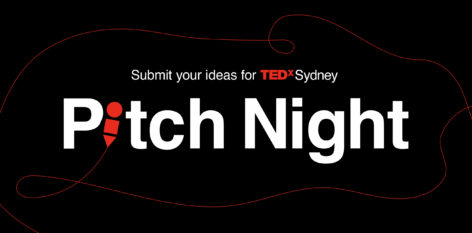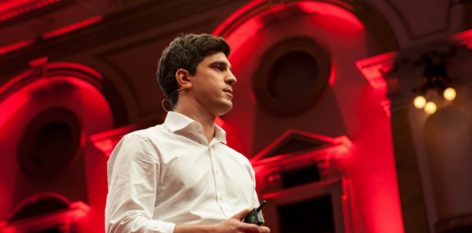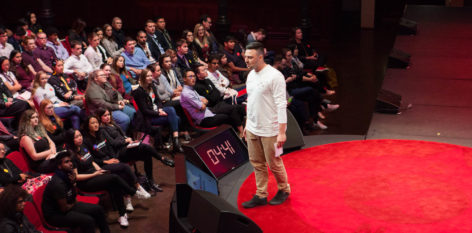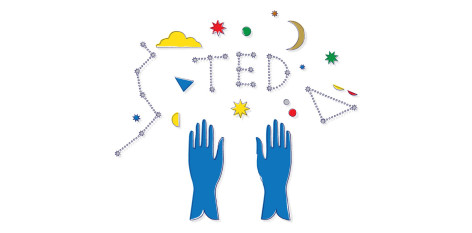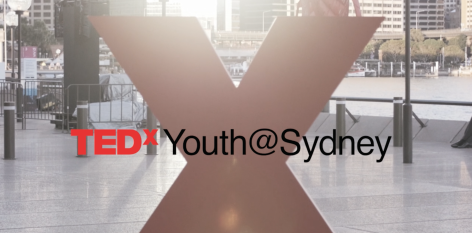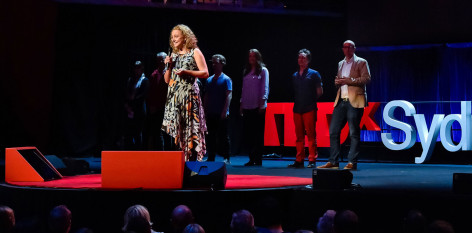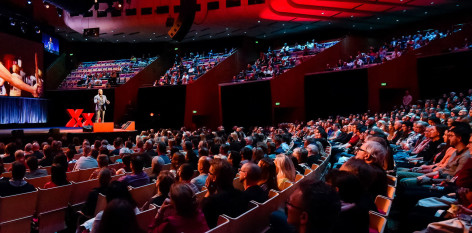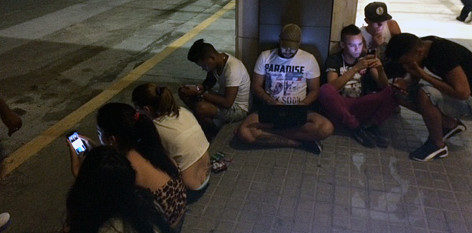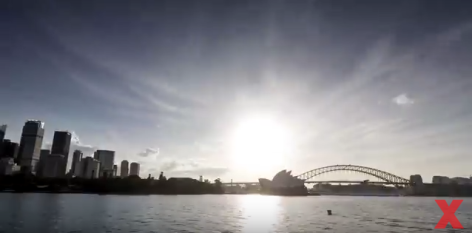In March 2016, our Head of Partnerships Kate Dezarnaulds presented the Keynote address at the Culture Business Conference in Sydney on Why Good Culture is Good Business. In the middle of her philosophical and inspirational bid to a room full of brand and development managers, were some key observations about the future trends in partnership observed on her year on the road for TEDxSydney.
Kate tries hard to live a quiet life at least half the week from her home on the South Coast of NSW. But whilst driving into Sydney for the other half of the week, she does a lot of thinking about ideas of ‘authenticity’ in marketing, culture, business & culture.
(1) Good culture is good business
This is a statement of truth. Partnerships are the most effective and mutually beneficial way to enable culture. At its best, partnerships raise the brand value of both parties and reinforce their heritage & visions for the future.
(2) Good business and the value of intangibles
Good businesses, the kind that you want to partner with these days, are profitable for certain, but they are also likeable, creative, innovative, energetic, purpose driven, responsible, sustainable. The kinds of places you would want to work for. These days the money alone is not enough. There is an iceberg effect created from all of these intangibles, which can give all of that which sits above the water, stability. Get it wrong, and it runs the risk of sinking the ship.
(3) The Future for Culture
Cultural industries’ patterns of consumption are changing as rapidly as other sectors. From where I am standing it seems to me that we are looking at a future for culture where:
- Objects are less important
- Experiences are less physical
- Spaces, and how we define them, are being reconstituted
- Our cultural experiences are becoming disaggregated.
- Our institutions carry less authority
- And we are on the cusp of a new era of bottom-up power.
We are having to wrap our heads around how to deliver niche at scale, with interests being relational, rather than being driven by geographic proximity.
- Content is everywhere. Delivery models are in crisis.
- The financial model for culture is being disrupted.
- The immediate future is a cultural landscape being rebuilt on micro payments, fan bases or self financed projects.
- How we will make that scale & how we will make that pay are both still to be determined.
Excitingly it seems the trend is towards radical transparency in funding systems, the operations of our organisations, and the process of creation itself.
The line between maker and audience is being rewritten and our creative worlds are driven by collaboration, co-creation and the end of the image of our artist s and thinkers working away alone in the ivory tower.
(4) Sponsorship & Partnership trends
So if that is the backdrop to the cultural world that we are entering, what trends that are having a big impact on the partnership landscape here and now?
Thank goodness for innovation 2.0!
Malcolm Turnbull’s ideas boom has rescued the word ‘innovation’ from becoming a cliché and given it something of a new lease on life. The bleeding-edge has never been so mainstream!
But the best news to me is what happens after peak-innovation. Already those in business management are fetishising creativity, and that is great news the cultural sector and their ability to build partnerships, perhaps for the first time, on its inherent qualities. Partnerships not built on advertising space rates, bed nights, ‘money can’t buy experiences’, good washing, green washing, merchandise, signage and brand activations – but partnerships built on getting under the skin of what it means to be creative, about being uncomfortable, curious and non-conformist. If we are ready for it, it will be a boon for the cultural sector.
This focus on creativity is also taking place throughout adjacent industries- the cultural industries are a seething mass of converging hybrids-
- You find advertising agencies trying to figure out how to be newsrooms
- The rise of branded content has seen newsrooms trying to figure out how to be agencies
- Our historical institutions trying to work out how to be contemporary & immediately relevant
- Artists trying to work out how to be businesses
- Management consultants trying to work out how to be designers.
- The worlds of culture & commerce have never been so intermingled.
The disruption at play in the creative industries -this merging & cleansing process – is being accelerated and aided by the strong anti-commercial bias of younger generations, not seduced by old ideas of cool generated by brands on their behalf. Young Gen Y’s & Gen Z see codified, commodified and aspirational “coolness” as a straitjacket for creativity. The geeks that now rule the world are far more concerned with making things real, rather than making them cool, and we will have to considerably adjust the way we deliver cultural experiences for them.
So if the future is going to be disaggregated, niche, transparent, online, self-financed & user pays, and the current climate is being shaped by the macro trends of innovation-reborn, businessman as artist, disruption in our creative industries and the emergence of a generation innoculated against cool, then our next model for cultures support will have to work out how to make that scaleable, commodifiable and commercialised.
At TEDxSydney, the partners and prospects that I deal with are looking post-innovation 2.0 and I think they provide some tea-leaf reading opportunities. And so here is a list of how some of these broader forces are playing out on the programs and architectures we are creating, in order to entice their support in this new landscape. |
- For large corporates, the challenge of attracting the best and brightest – when they would rather join a start-up-up or save the world, than earn the big bucks – is considerable. Partnerships paid for from HR rather than marketing budgets are a relatively new thing. Marketers tasked with HR briefs, seem perhaps even newer.
- Content is both a by-product and the best answer for the niche at scale and disaggregated artistic production trends – and its dominance is why the media and creative industries are collapsing in on themselves. Our partnerships at TEDxSydney have switched from being attendee-first to content-first strategies in a tiny two-year timeframe. We now start wide, with a content play, and work our way back down to the attendee experience of the live event.
- Our communities hold incredibly principled stances on corporate misbehaviour. And they expect the partnerships that we make to reflect our values and theirs. Navigating these expectations is tricky without compromising your revenue. But compromising your brand is worse.
- Partnerships are being used to build staff engagement, as a strategic tool for leadership development and as a way to inspire a culture of intrapreneurship.
- There is an incredible focus at the moment on start-up’s and the SME business sector as the powerhouse of the new economy. Partnerships are a great way to make large corporates porous to smaller businesses – to collaborate with, to learn from, and to suck up some of their energy and optimism.
- Those of us that work in the cultures know that culture makes the difference between a boring place, and a place you would like to be. The property industry knows it to – and they are increasingly investing in the cultures as a way to create texture and interest and to increase the value of their holdings.
- Lastly – whilst a minority trend in previous years – this year, partnerships at TEDxSydney are dominated by ‘maker’ projects. Research, co-creation, AB campaign testing. By inviting the community to participate in a cooperative exercise, we are capitalising on many of the macro trends and creating a whole new partnership architecture that is driven by ‘making real things’ rather than ‘making things cool.’
I truly believe that the best is yet to come for making good culture equal good business. Our jobs, in brokering partnerships between the cultures & its enablers, is a noble one.
Image: TEDxSydney audience members respond to thought starters from 2015 and 2016 Major Partner 3M Post-it®
